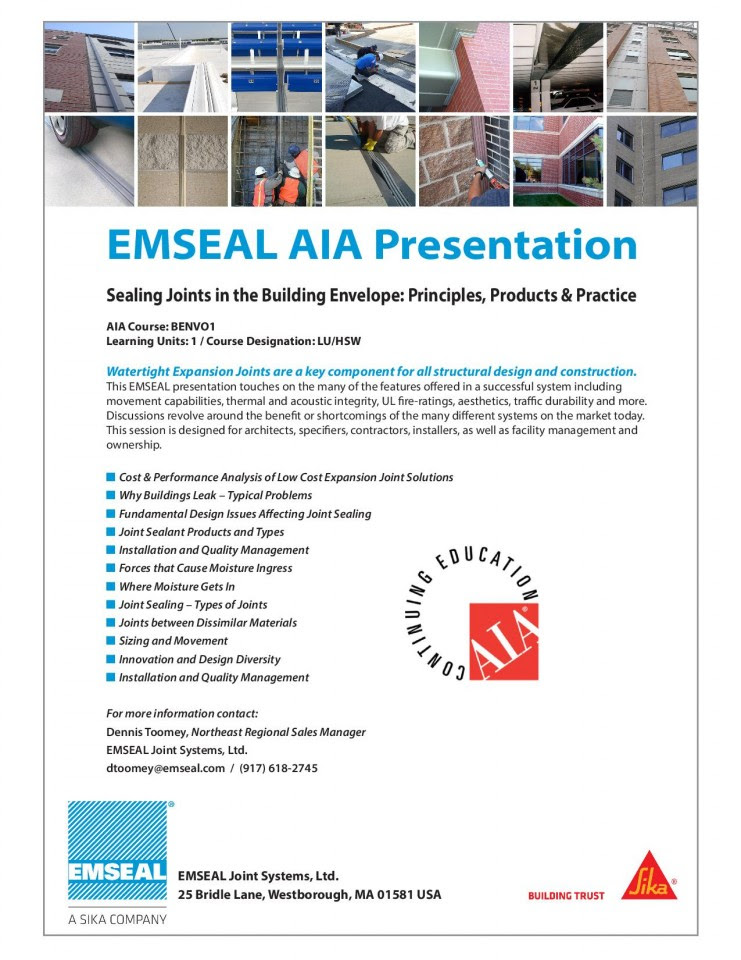| AIA Central New Jersey 2023 Board Installation Dinner
Join AIA Central New Jersey for our Board Installation Dinner and AIA accredited Seminar on Tuesday, February 21 at 5:30pm.
This event will be held at Season’s 52, Bridgewater, NJ in the Napa Room, with small plates, coffee, and dessert.
Please help us welcome our 2023 CNJ Board members!
Elina Shchervinsky, AIA I President
Erin Sharp Newton, Assoc AIA I Pres-Elect
David von Stappenbeck, AIA I Secretary
Benjamin Walmer, ,AIA I Treasurer
LoriAnne Jones, AIA I Trustee
Keith Chambers, AIA I Trustee
Carmine Cerminara, AIA I Trustee
George Sincox, AIA I Trustee
Donna Terzano, AIA I Trustee
Joshua Zinder, AIA I Trustee
Steven Lang, AIA I Trustee
Jason Kliwinski, AIA I Trustee
Tania Althoff, AIA I Trustee
Agenda
5:30 – Arrival, Small Plates Reception Served
6:00 – Board Installation with Ron Weston, AIANJ Chapter President
6:30 – AIA Seminar by Dennis Toomey
7:30 – Dessert and Networking
Registration for this event is free for AIACNJ members.
When you register, please include your AIA number in the Special Instructions field, if applicable. Please contact Elina at president@aiacnj.org if you have any questions or request for special accommodations.
$0.00 Member Ticket
$25.00 Non-Member Ticket
Sealing Joints in the Building Envelope – Principles, Products & Practice
This course is presented by Dennis Toomey, Northeast Regional Manager, Emseal Joint Systems, LTD.
AIA Course: BENVO1
Learning Units: 1 HSW/LU
Learning Objective 1: Analyze how watertight, energy-efficient, fire-rated expansion joints are the consequence of a process in which we: Design, Detail, Specify, Bid, Erect, Manufacture, and Install in 3-D.
Learning Objective 2: Be familiar with product technologies and how to apply them.
Learning Objective 3: Why it is critical to require certified performance reports in your specifications.
Learning Objective 4: Know that your next building can be a watertight structure.
“Although they are a minor component of the building envelope, joints with sealants are often responsible for defects and failures — sometimes after only a couple of years.
These problems arise because there is often confusion as to who is responsible for design of joints and choice of sealants and because DETAILED DESIGN IS LEFT TOO LATE — so that decisions already taken make it difficult to design a satisfactory joint”
—From Civil Engineer International:, July 1995, Report from CIRIA (Construction Industry Research and Information Association).
Waterproofing related issues constitute the lion’s share of post-tenancy complaints and revenue disruption and are routinely the basis of construction-related lawsuits.
EMSEAL operates at the center of a communication disconnect that often exists between the design architect responsible for selecting joint sealants and the engineers calculating joint movement. When this conversation ignores the movement capability of the product that is expected to seal the joints, failures often result. EMSEAL’s “Sealing Joints in the Building Envelope” seminar provides practical steps to avoid this and other common mistakes that affect joint sealing.
Course Outline:
1. Forces That Cause Moisture Ingress
A: Raindrop Momentum
B: Gravity
C: Capillary Action
D: Surface Tension
E: Air Pressure Difference
2. Where Moisture Gets In
A: Through Cladding (Porosity of Cladding)
B: Improperly Sealed or Failed Joint Seals
C: Poorly Detailed or Executed Roof-to Wall Interface
D: Window Assemblies that are Poorly Designed and/or That Do Not meet ANSI Requirements for Wind Driven Rain or Hurricane Forces
E: Poorly Designed Vents, HVAC Units, and Other Envelope Penetrations
II. JOINT SEALING
1. Types of Joints
A: Structural Expansion Joints and Abutment Joints between Structures (ex. New and Existing)
B: Joints at Penetrations to the Envelope (Windows, Doors, Vents, HVAC Units)
C: Joints between Dissimilar Materials
D: Joints at changes in roof lines, building shape or structural systems
E: Joints in cladding panels
2. Fundamental Design Issues Affecting Joint Sealing
A: Existence and Emphasis
B: Sizing & Movement
- a) Allowable Construction Tolerances
b) Relationship of Calculated Movement to Movement Capability of a Product Type
C: Failure to Design in Other than Cross- Section
D: Specification of Competitive Technologies
E: Continuity & Communication
III. JOINT SEALANT PRODUCT TYPES
- Compression Seals
- Strip Seals
- Caulk & BackerRod
- Precompressed Sealants
IV. INNOVATION AND DESIGN VERSATILITY
- Double Sided vs Pre-Applied Binary Sealants
- Watertight & Fire Rated Joints achieved with a Single Installation
- Factory Fabricated Universal 90’s
- R-value, STC & OITC ratings, and longevity
V. INSTALLATION & QUALITY MANAGEMENT
1.Function of Checklists

|

